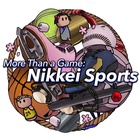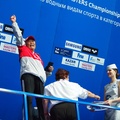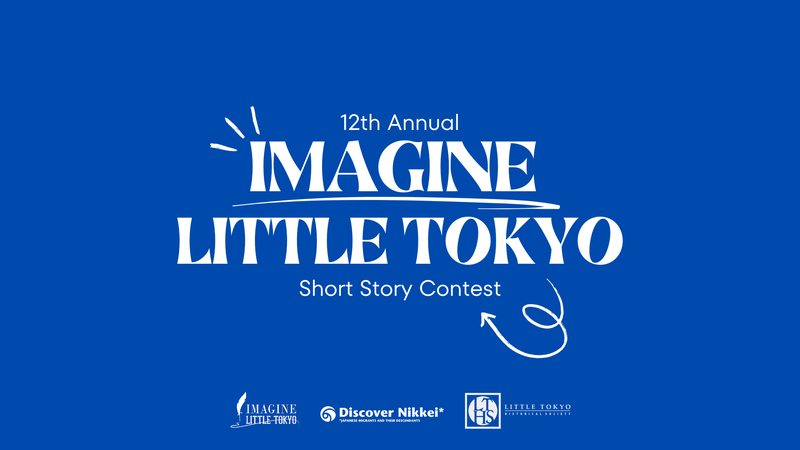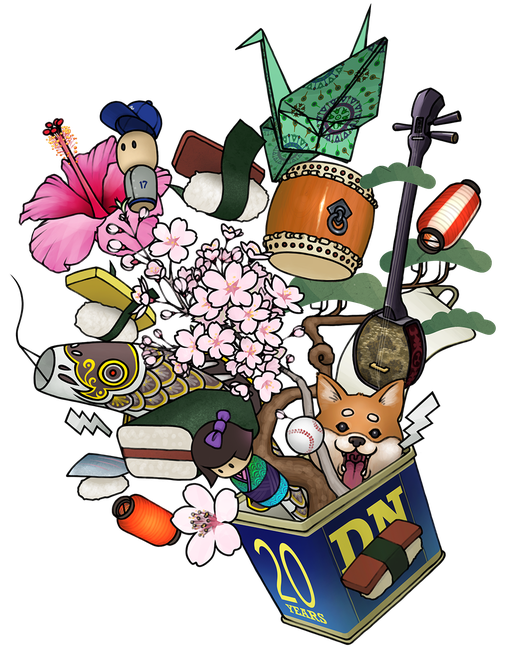I wrote this story in the Toronto Continental Times in 2008 to commemorate the 100th anniversary of Japanese immigration to Brazil when I moved from Brazil to Canada. It was about the great achievements of my teacher, Maki Sakae, who was extremely kind to me in Rio de Janeiro, and I would like to introduce it again here.
It was the 800-meter relay world record set by the Nihon University swimming team of Furuhashi, Hashizume, Maki, and Hamaguchi, nicknamed the "Flying Fish of Mount Fuji," that brought dreams and hope to the devastated Japanese people after the war. Needless to say, when the Nihon University swimming team toured Brazil in March 1950, they were warmly welcomed by the Japanese people of Brazil.
The oldest of the group, Masaru Maki, fell in love with Brazil and moved there at the request of the Brazilian swimming community. He was appointed head coach of the prestigious sports club Paulistano in Sao Paulo, and was later given exceptional treatment by the British Country Club in Recife.
At this club, Maki taught not only swimming but also judo, and expanded his repertoire to include osteopathy, which inadvertently led to his highly successful lifelong career as a shiatsu therapist.
According to Kawamura, who assisted Maki at the club and later became a successful karate instructor, Maki was a man of great character who spoke little, which sometimes led to misunderstandings. Japanese people who are quiet and reserved tend to feel alienated in the open and cheerful South American society, and Maki was no exception. Kawamura, who says this, has completely blended into the local community thanks to his German wife, and is the owner and coach of a karate dojo in addition to working as the physical education director for the German club. Members of the Kawamura dojo are symbols of the elite, and in the city of Recife, it has become fashionable to walk around wearing sportswear with Kawamura written in Japanese on the back.
As an athlete, Maki-san discovered benefits other than medical benefits for human health, and opened a Shiatsu clinic in the scenic Botafogo area of Rio de Janeiro, where his business improved as his patients increased through word of mouth. After his complete recovery from an incurable disease by Governor Lacerda of Rio de Janeiro was featured in a major weekly magazine, he was visited by a steady stream of patients, and he also had to make house calls on seriously injured patients, keeping him extremely busy day and night.
Maki, a follower of Omotokyo, would first have his patients pray to the Shinto altar. Many Brazilians are devout Catholics and refuse to worship paganism, but the doctor would refuse to treat those who did not believe in his teachings. Maki, who hails from the agricultural and forestry department of Miyazaki and has a deep knowledge of food and medicine, was confident in his secret recipe for cooking, which helped Japan set new world records one after another after the war, when food was scarce. It is said that carbohydrates such as sweet potatoes, buckwheat, and corn saved the Japanese people from starvation. Apparently, during the war, they even survived by eating weeds from the mountains and fields of the Philippines.
Don't throw away miso soup broth, use small fish in your cooking. Broiler chickens and eggs have no nutritional value, so it's better not to eat them. There's no point in eating them unless you're eating chickens and eggs that are running around in a chicken farm. Soba noodles are better than udon noodles. Milk is necessary for infants but not for adults, and protein and calcium can be supplemented with other foods. Human teeth are designed to chew grains, while the teeth of wild animals and birds of prey are designed to tear meat apart, and are different from the teeth of herbivores and birds. Birds' beaks are designed to peck at nuts. Therefore, humans and various animals can maintain their health by eating foods that are suitable for their own teeth, but they will get sick if they steal food from other people's territory. That's why Maki tells Brazilians, whose staple diet is meat, that he will not be responsible for their treatment if they eat dairy products. Many patients gave up after hearing this.
Maki, who served his patients with sincerity and devotion, worshipped at the Shinto altar and abstained from meat and dairy products, was said to have even been possessed by a divine presence. Omotokyo, founded by Onisaburo Deguchi, was considered a religion of treason against the nation, and was driven out of Japan. It advanced to China, dreaming of a royal paradise, but was unable to realize its dream in China, and is now surviving on a small scale in Brazil.
What was great about Maki-san was his philosophy of not charging for treatment until the patient was cured. As a treatment center, he was adamant about not accepting payment until the patient was completely cured.
As a result, many of the patients unexpectedly gifted land to Maki, who did not charge any money. Maki became a large landowner near the Faculty of Agriculture of the University of Rio de Janeiro, entrusted the management of his farm to Fumio, an atomic bomb orphan, and provided the venue for free weekend parties for Japanese people.
Maki participated in the Brazilian National Swimming Championships held at Botafogo Sports Club, located near the Shiatsu Clinic, and won the championship at the age of 40, setting a new tournament record.
As we approach the 13th anniversary of Dr. Sakae Maki's death, I have once again taken the opportunity of the 100th anniversary of my immigration to Brazil to write about a great man who was a shining light on postwar Japan and who no one has written about among my colleagues at Fujiyama Flying Fish.
*This article is an edited version of an article that appeared in the Toronto New Immigrant Association Newsletter No. 108 (September 2008).
© 2020 Hideo Maruki
Nima-kai Favorites
Each article submitted to this Nikkei Chronicles special series was eligible for selection as the community favorite. Thank you to everyone who voted!










